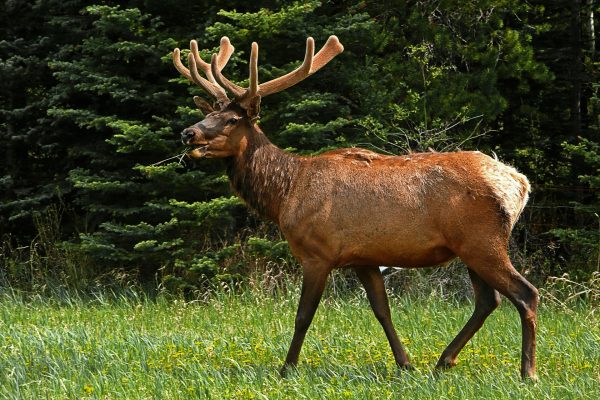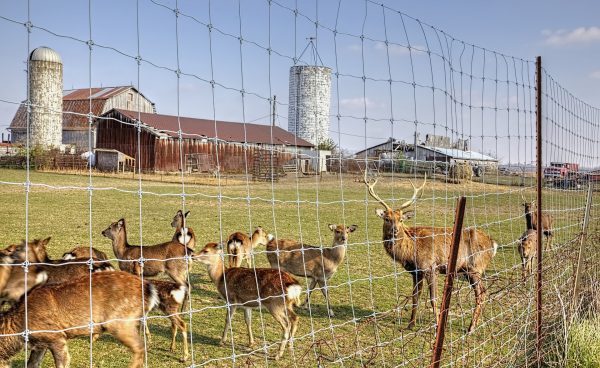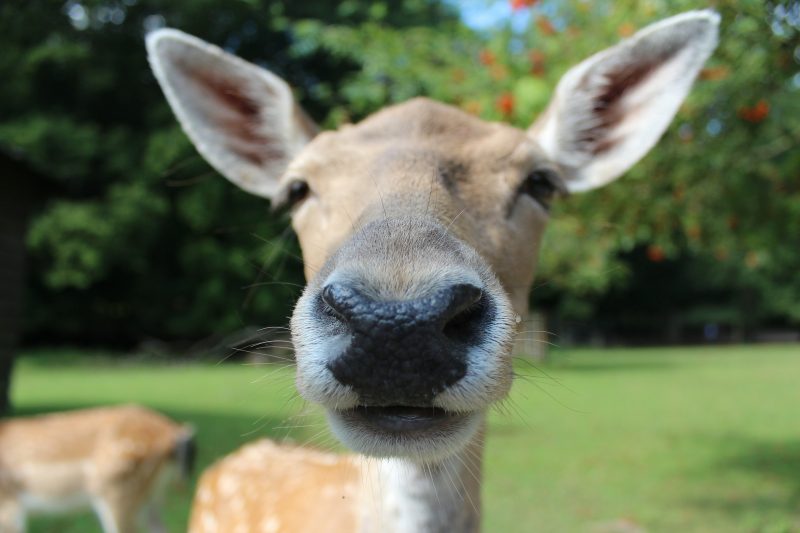Deer in the yard: friend or foe
All across North America, you can find deer visiting peoples homes and yards. In some places, the animals are treated with a kind of awe, especially in more residential or metropolitan areas. In other locations, the deer are seen as a kind of pest or nuisance to be eradicated. So which is correct? What are we to do when there are deer living in our yards? This is what you need to know.
Pros

Let’s start with looking at the advantages of having deer in your yard.
- They provide a natural ambiance and a kind of elegance to your grounds.
- Urban deer can aid naturalists and hunters alike in better understanding the habits of the species in general.
- They can help keep unruly vegetation under control.
Cons
While there are some benefits to having a family of deer hanging out in your yard, there are sadly more troublesome cons than pros.
- Deer will destroy any garden they can get to. This means flowers and vegetables alike will be swiftly eaten before you have had a chance to harvest anything.
- Deer are the causes of many motor vehicle accidents. Fatalities have occurred both on the human and the animal side.
- Deer ticks are known to carry Lyme disease in some areas of North America.
What to do

If you are having difficulties with deer destroying your garden or are concerned by their presence, there are some steps that you can take to prevent deer from staying in your garden for too long.
- Build a deer fence: You need to remember that deer have incredibly powerful legs and can jump very high. A deer fence, no matter what the material is, has to be a minimum of 5 feet tall. Anything shorter will easily be scaled by the deer. The concern is many city ordinances will not permit fences of this height so find out what is legal before starting down this path.
- Plant some deterrents: Just as the deer are attracted to your yard because of the vegetation growing there, you can plant other types of vegetation that will deter the deer from remaining for too long. Some good plants that will keep the deer away include:
- Foxglove
- Dragon’s head
- Buckthorn
- Yarrow
- Bishop’s weed
- Spurge
This may not keep the deer out entirely, but if they are planted near the plants you are trying to save, there is a better chance of survival.
- Do not leave water sources available: This means if you have dog bowls, water troughs, or even a kids’ swimming pool in your yard, you should remove or empty them when not in use. Deer will naturally be attracted to a water source so if you can keep the water source away from them, they are less inclined to spend time in your yard.
- Keep domestic pets food out of the way: Deer are attracted to various types of pet food as well, including chicken feed and some dog foods. Do not leave any food dishes out in the open where deer could take in a snack.
What not to do

The most important thing to remember is not to go ahead and kill the deer. Deer are protected in most residential areas and even on property, especially without a permit. Check with your local game warden to see if you can get a permit to kill the deer that live in your yard, but even with that, there will be restrictions on the type of deer and how many you can shoot. It is better to work with deterrents rather than going to the extreme.
If you have any comments then please drop us a message on our Outdoor Revival Facebook page
If you have a good story to tell or blog let us know about it on our FB page, we’re also happy for article or review submissions, we’d love to hear from you.
We live in a beautiful world, get out there and enjoy it. Outdoor Revival – Reconnecting us all with the Outdoors.





